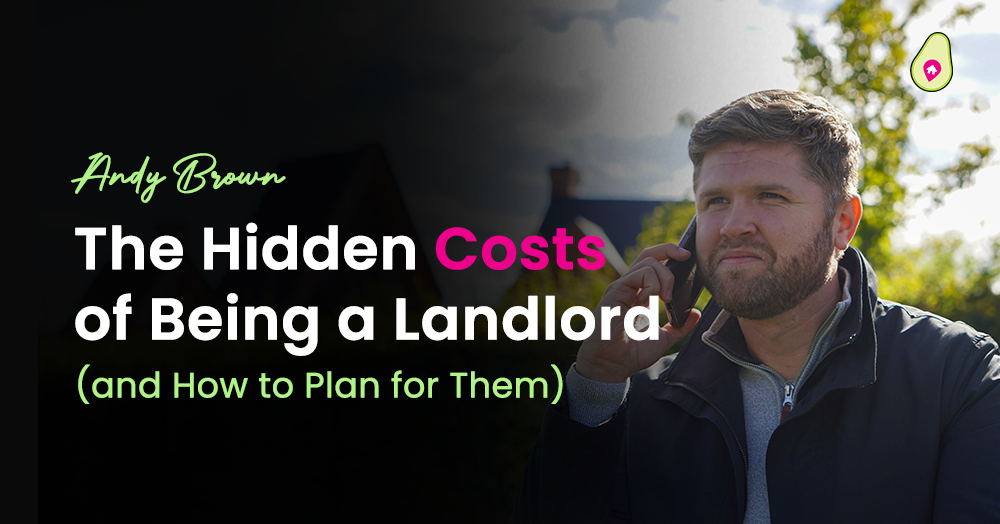
The Hidden Costs of Being a Landlord (and How to Plan for Them)
Being a landlord sounds simple on the surface, but the real world is full of small costs and unexpected bumps that can chip away at your profit. From maintenance to empty months and admin fees, it all adds up. With a bit of planning and a realistic budget, these surprises become manageable rather than stressful.
On paper, being a landlord looks simple: rent comes in, mortgage goes out, and the rest is profit. But every landlord soon learns there are extra costs that eat into margins. Some are predictable, others crop up unexpectedly.
The good news? Most can be managed if you plan for them.
The Common Costs
- Maintenance and repairs – boilers, roofs, appliances.
- Void periods – rent stops, but mortgages don’t.
- Insurance – landlord cover is a must.
- Licensing and compliance – fees, safety checks, certificates.
- Service charges and ground rent – especially for flats.
We’ve seen many landlords underestimate these, particularly maintenance, which is why setting aside a buffer each month is so important.
The Unexpected Costs
- Deposit disputes.
- Tenant turnover (cleaning, re-letting fees, advertising).
- Legal fees in rare cases of eviction or dispute.
These tend to sting more when landlords haven’t prepared for them.
Planning Ahead
What you can do:
- Build a reserve fund (at least three months’ rent).
- Carry out annual property reviews.
- Shop around for insurance and services.
- Track income and expenses clearly.
We’ve found that landlords who budget realistically are far less stressed when issues arise — the costs don’t feel like shocks, just part of the plan.
Final Thoughts
Being a landlord is still profitable, but only if you factor in the full picture. The hidden costs are real, but they’re also manageable.
In our experience, when landlords build these into their planning, they not only protect their income but also run their portfolios with more confidence.